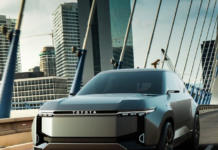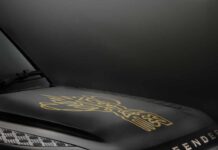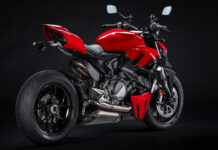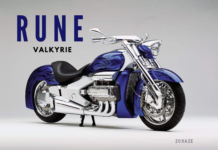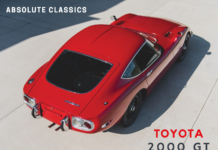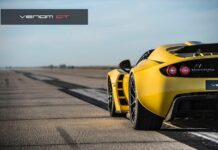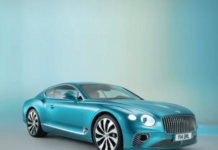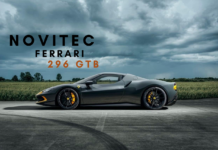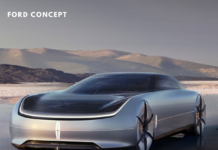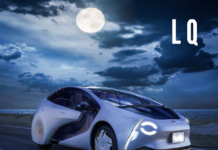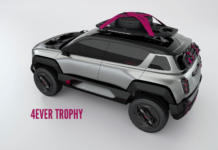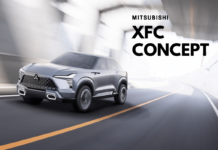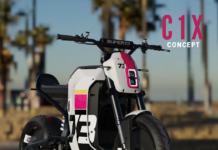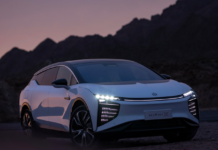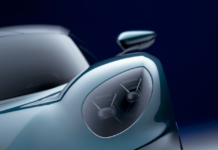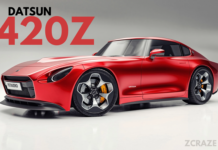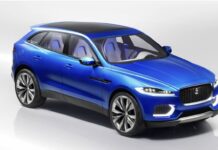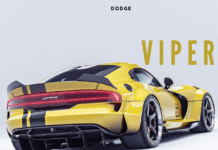Lincoln Model L100 is a futuristic concept with aerodynamic aesthetics and cutting-edge technology that creates an immersive interior sanctuary.

In homage to the 1922 Model L – Lincoln’s first luxury vehicle – the Model L100 Concept draws inspiration from the brand’s design heritage while advancing its vision for the future of mobility. The 1922 Model L was lauded for its superior engineering, which served as the basis for the design transformation and the beginning of Lincoln opulence.
The Model L100 Concept employs battery cell and pack technologies of the next generation, which will deliver game-changing energy density and facilitate structural integration by treating the entire vehicle as a system.

“Concept vehicles allow us to reimagine and illustrate how new experiences can come to life with the help of advanced technologies and allow our designers more creative freedom than ever before,” said Anthony Lo, chief design officer, Ford Motor Company. “With the Model L100, we were able to push the boundaries in ways that evolve our Quiet Flight brand DNA and change the way we think about Lincoln designs of tomorrow.”
An interactive center console chessboard with a jewel-inspired chess piece controller that captures light and depth by redefining the interior vehicle controls. In this autonomous concept vehicle, the controller replaces the conventional steering wheel, making the driving experience intuitive and effortless.
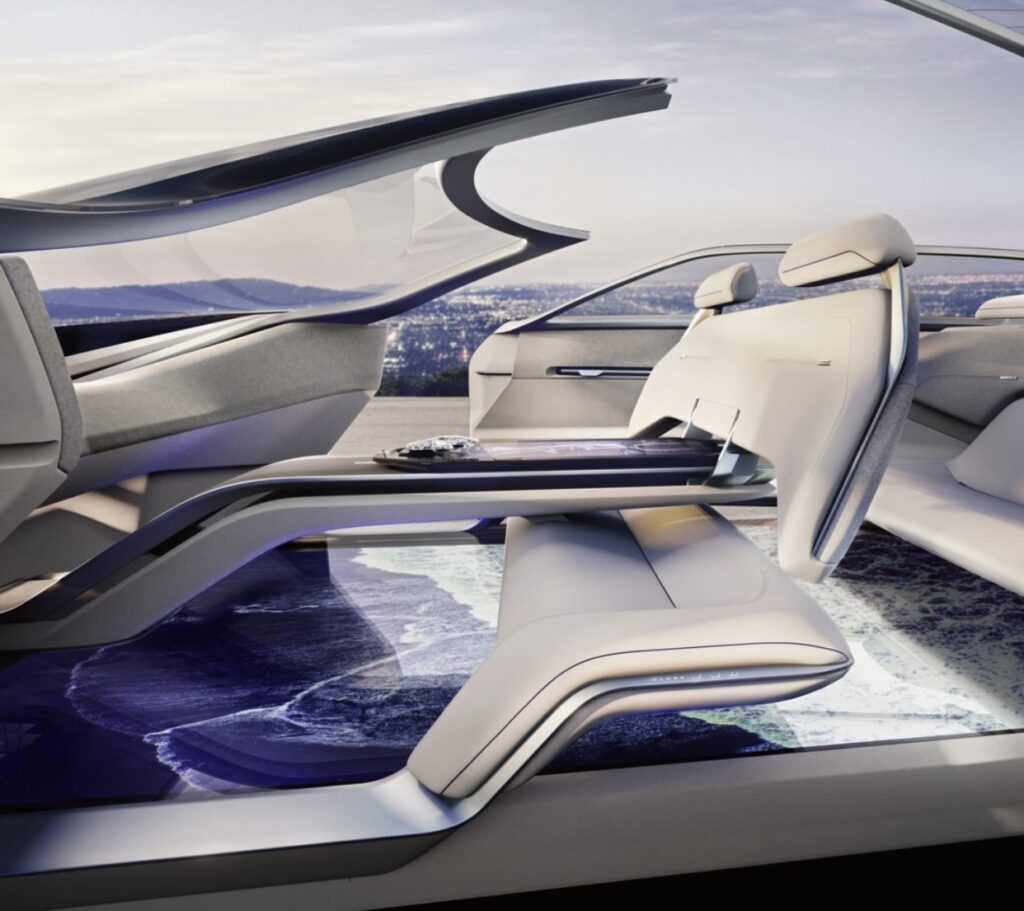

The front row seats can be flipped forward to create a social setting, in which front passengers can sit across from rear passengers. The transformable environment creates a more accommodating setting, giving the feeling of a true third space.
The aero-shaped design is low to the ground, seamless, and flush in its details, with a K-tail implementation efficient in guiding the air over the vehicle.
With the iconic Lincoln Embrace, the glass ceiling and reverse-hinged doors lift to provide a true sense of ceremony and welcome. Smart wheel covers assist to develop the Embrace even farther by communicating motion, battery life, and human presence through lights and sensors.
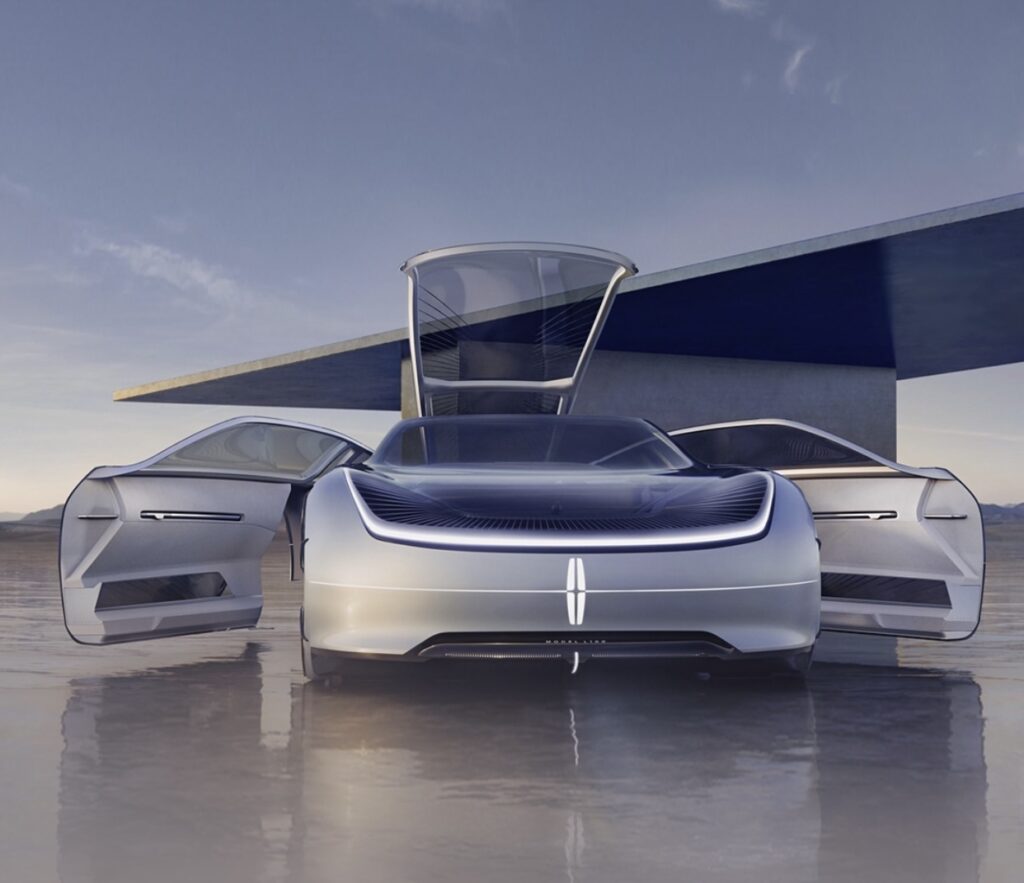
The entire interior is planned to fully immerse the visitor. The combination of the digital ground, canopy, and ambient lighting can be tailored to your preferences and used to improve your mood. The digital floor, together with the interior lighting that is in harmony with sound, scent, and touch, creates an atmosphere reminiscent of a futuristic sanctuary.
With a satin digital ceramic tricoat and metallic paint in place of chrome, the exterior has a warm, soft white that fades into a cool, open-air blue.
In the 1920s, Edsel Ford chose a crystal-inspired greyhound hood ornament to represent grace, elegance, and speed; it is seen through the translucent hood, capturing depth and illumination.



